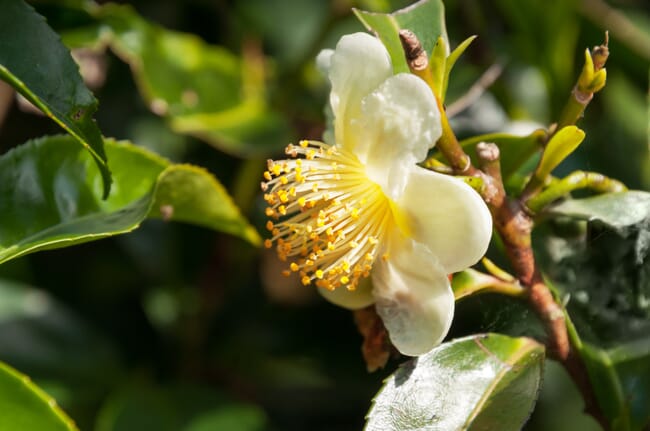
Researchers are investigating whether bioavailable catechins recovered from Camellia sinensis plants have prophylactic effects that protect farmed shrimp
Two of the most devastating pathogens facing the global shrimp farming sector, acute hepatopancreatic necrosis disease (AHPND) and whitespot syndrome virus (WSSV) currently cost the industry over $3 billion in losses a year.
Recent challenge trials in the University of Arizona’s Aquaculture Research Facility, led by Dr Arun K Dhar and Paul Schofield, investigated whether bioavailable catechins recovered from Camellia sinensis plants – extracts that are widely known to have the ability to destroy dangerous free radicals in a wide range of species – delivered prophylactic effects that protect commercially farmed shrimp against these bacterial and viral diseases.

Duffield has spent more than 10 years investigating the prophylactic effects of catechins in humans and animals
The trials were on the request of Dr Roger Duffield, director of Theales Corporation Limited, who has spent more than 10 years investigating the prophylactic effects of these compounds in humans and animals. Most recently, he has been trialling how to deliver them effectively to a range of aquaculture species, including vannamei shrimp. Prior to the trials, he had successfully developed an innovative pharmaceutical polymer coating to prevent rapid degradation of the catechins in liquids – which is one of the major limitations to their efficacy as a prophylactic against a range of pathogens.
During the trials the polymer-coated catechins were mixed into commercial shrimp feeds, before the shrimp were challenged with one of the two pathogens.
In the two AHPND challenge trials an average of 60 percent of those shrimp fed 0.28 g of prophylactic per 1 kg feed survived, compared to 5 percent of the control shrimp, which were fed conventional commercial shrimp feeds. In the first challenge 30 percent of the shrimp survived with two lost to cannibalism, while in the second AHPND trial 90 percent of the shrimp survived.
Meanwhile, in the WSSV challenge trial, although all the infected shrimp died, those fed the control diet were all dead by the end of day 1, while those fed diets containing the polymer-coated catechins lived for up to eight days after the introduction of the virus.
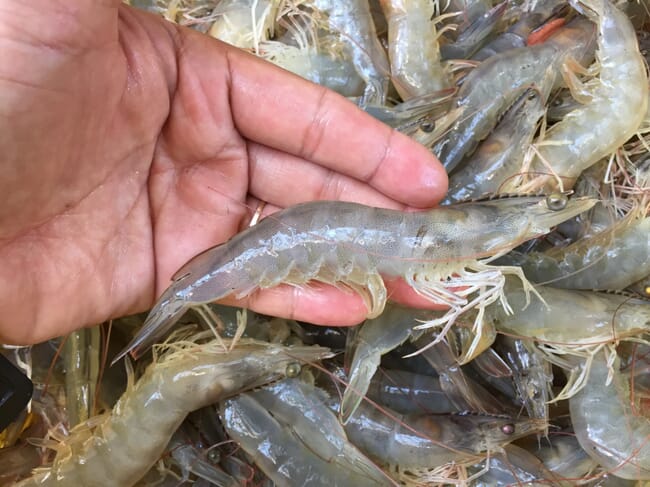
During the disease challenge trials, the polymer-coated catechins were mixed into commercial shrimp feeds
According to Dr Duffield, these impressive results are likely to improve after some fine tuning – not least by reducing the size of the polymer particles, in order to make them easier for the shrimp to ingest.
“The 250 micron particle size used in these trials was too large, so we need to reduce them to 200 microns or less,” he explains.
He also will increase the concentration of the prophylactic actives.
“In the further study the dosage will be 0.40 grams of active per kg of shrimp feed [i.e. an inclusion rate of 0.2 percent]. We expect to achieve higher prevention results with AHPND and at least 50 percent prevention with WSSV through smaller particle sizes and newly polymer coated catechins,” notes Dr Duffield.
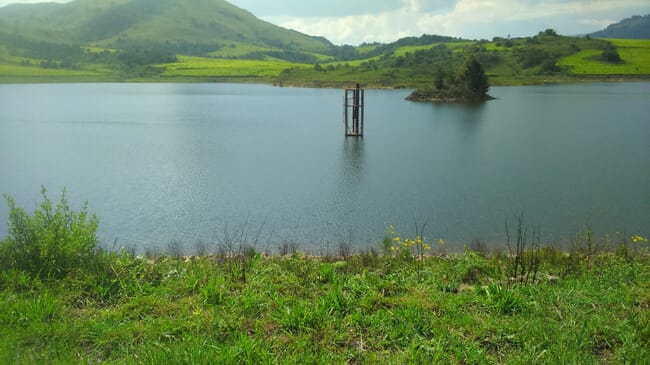
The prophylactic health benefits of catechins in tea have been widely documented for their ability to destroy dangerous free radicals in human and animal cells
“Based on the scientific evidence we expect to achieve commercial acceptance against these diseases in the repeat study through improved particle size of the prophylactic that will deliver improved overall consumption by the shrimp,” he adds.
The research behind the project
The prophylactic health benefits of catechins in tea have been widely documented for their ability to destroy dangerous free radicals in human and animal cells. However, according to published literature their impact is greatly reduced due to their rapid degradation and metabolism after they have been orally ingested.
However, thanks to the innovative polymer coating techniques, which have been supported by scientific validation, the shelf life of catechins can be extended for several years and also with improved prophylactic effect on a range of species, including humans, once ingested.
“Green tea catechins are free radical scavengers The challenge is to get them into the blood without metabolism or degradation. In clinical studies with both human and animals the prophylactic catechins were active for more than 48 hours,” he explains.
The independent scientific evidence is sufficiently compelling to have attracted the attention of one of the world’s most respected NGOs.
“The prophylactic is currently being validated by the World Health Organization, Brazzaville, to determine prevention and apoptosis against zoonotic diseases, especially Covid-19 and its variants,” he explains.
Dr Duffield also points to a 2016 study from Thailand that established the value of catechins in the prevention of disease in shrimp challenged with WSSV – research that he notes appears to been overlooked since.
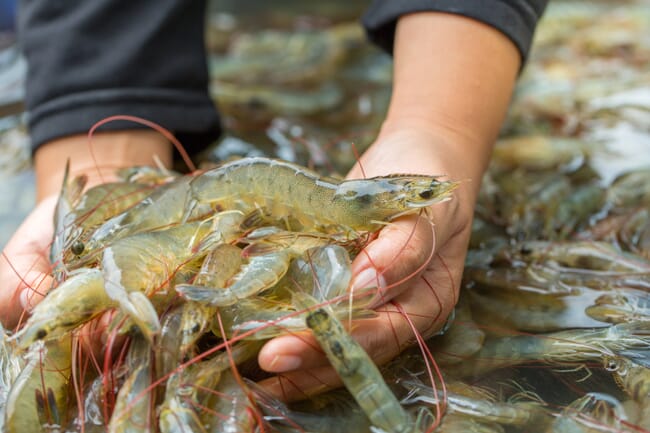
Dr Duffield needs to replicate and fine-tune the challenge trials before bringing the concept to market
Next steps
“Our objectives is to now repeat our previous study with shrimp including challenges with additional Gram positive and Gram negative bacteria,” Dr Duffield explains.
After the next challenge trial, completion of the scientific platform will involve a commercial tank investigation as part of the commercialisation process.
In the meantime, researchers at the National Metrology Institute of South Africa (NMISA) - which is part of the Department of Trade and Industry South Africa - will work on producing a prophylactic particle size of 20 microns in order to efficiently feed juvenile shrimp at the start of the commercial shrimp farming cycle.
Looking ahead, according to Dr Duffield, “the potential to increase production of the prophylactic is considerable, thanks in part through our relationship with the Tea Board of India which is the largest producer of Camellia sinensis tea bush leaf in the world”.
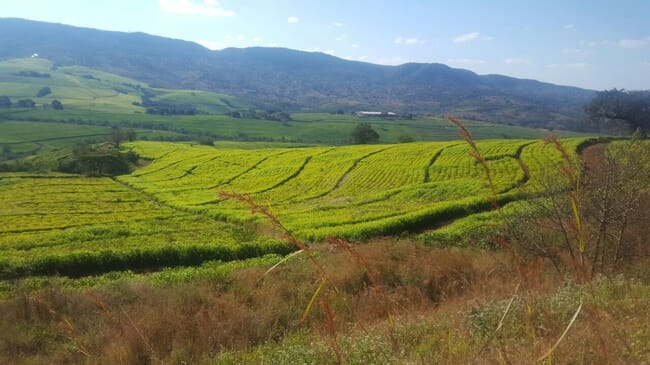
"Based on current understandings we expect to commercially produce and price the prophylactic in the region of 3-4 percent of the retail cost per kg shrimp feed," he adds.
For further information and to discuss this opportunity further: Dr Duffield Thealeshealth@gmail.com




